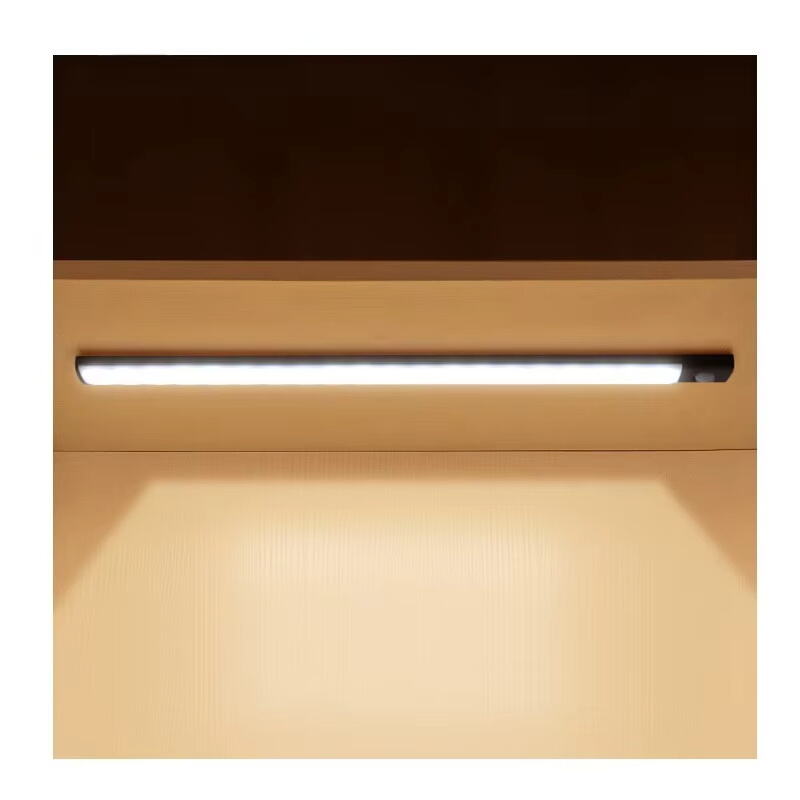
Indoor lighting plays a crucial role in creating a comfortable, safe, and energy-efficient environment. LED sensor lights have gained popularity as a smart choice for indoor use, combining modern technology with practicality. Their ability to turn on automatically based on motion or ambient light levels offers homeowners convenience and savings. Selecting the best LED sensor lights for indoor use requires understanding their features and matching them with your specific needs.
The core of LED sensor lights is their sensing mechanism. Most indoor LED sensor lights use passive infrared (PIR) sensors that detect body heat and movement within a certain range. Choosing lights with the right detection range ensures they respond accurately to movement without false triggers. A sensor that covers a wide area is ideal for larger rooms or hallways, while smaller spaces benefit from more focused detection zones.
Besides motion detection, many LED sensor lights incorporate light sensors that prevent the light from activating during the daytime or when the ambient light is sufficient. Adjustable timing settings allow you to control how long the light remains on after detecting motion, which helps balance convenience with energy conservation. Properly calibrated sensitivity and timing reduce unnecessary power use and extend the lifespan of the lights.
LED sensor lights are highly energy-efficient compared to traditional lighting solutions. Their automatic on/off function prevents lights from being left on in empty rooms, which can significantly reduce electricity bills. Additionally, LED bulbs consume less energy than incandescent or fluorescent bulbs, making these sensor lights a cost-effective and environmentally friendly option.
Hands-free lighting eliminates the need to manually switch lights on or off, which is especially useful in spaces like closets, bathrooms, or staircases. This convenience is also beneficial for elderly individuals or those with mobility challenges. Moreover, LED sensor lights improve safety by ensuring well-lit pathways and reducing the risk of accidents in dim areas.
When choosing LED sensor lights, consider the size and shape of the room. Larger rooms may require multiple units or lights with broader sensor coverage. Hallways and corridors often benefit from linear or strip-style sensor lights, while smaller rooms like pantries might only need a single compact fixture. Proper placement ensures consistent lighting without dead zones.
Indoor LED sensor lights are available in various styles, from minimalist recessed fixtures to decorative wall-mounted options. Selecting a design that complements your interior décor enhances the overall ambiance of the space. Many models also offer adjustable color temperature, allowing you to choose between warm, neutral, or cool lighting depending on the room’s purpose.

Many LED sensor lights designed for indoor use come with straightforward installation processes, often suitable for DIY projects. Some models are battery-operated and require no wiring, while others may connect to existing electrical systems. Selecting lights with user-friendly installation instructions can save time and reduce installation costs.
To keep LED sensor lights functioning efficiently, regular maintenance is necessary. This includes cleaning sensor lenses to prevent dust buildup, which can impair detection accuracy. Periodic checks on battery-powered models ensure batteries are replaced timely. Proper maintenance helps maintain sensor responsiveness and lighting quality over time.
Many modern LED sensor lights can be integrated with home automation systems, offering remote control and scheduling features via smartphone apps or voice assistants. This integration allows for greater customization and energy management, enhancing convenience and security within your home.
With smart features, users can adjust sensor sensitivity, light brightness, and timing remotely, adapting the lighting to daily routines or special occasions. These customizable options maximize the benefits of LED sensor lights by providing flexible control tailored to individual preferences.
Yes, LED sensor lights can be installed in most indoor areas, but it is important to choose the right type and sensor range based on the room’s size and layout.
Adjusting sensor sensitivity, positioning the lights away from sources of heat or movement such as vents or pets, and configuring appropriate light thresholds can minimize false activations.
Many LED sensor lights are designed for easy installation, with some models requiring no wiring and others compatible with standard fixtures. Always follow manufacturer instructions or consult a professional if unsure.
Regular cleaning of sensor lenses and timely battery replacement for wireless models ensure optimal performance. Periodic inspections help detect any operational issues early.
Many modern LED sensor lights are compatible with popular smart home platforms, allowing remote control and enhanced customization through apps or voice commands.
 Hot News
Hot News2024-06-06
2024-06-06
2024-06-06